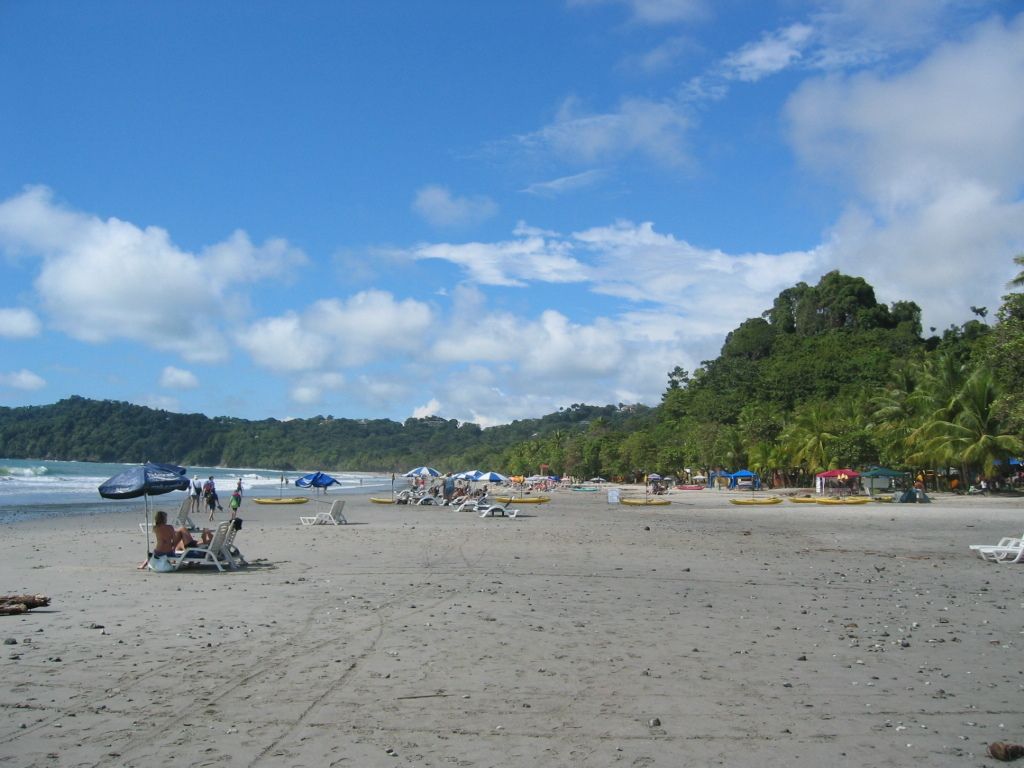The A14 Autobahn: A Breeding Ground for Change
anticipated highway shutdown to potentially yield substantial enhancement
For travelers sailing from the Baltic Coast to Magdeburg, or vice versa, the only viable route has long been the Autobahn via Berlin—unless one opts for the federal and state roads. However, this is about to change with the extension of the A14, which promises to establish a direct connection. This development will also bolster connectivity for structurally weak regions like the Prignitz.
Brandenburg: Progress Stalls, Then Resumes
At present, the A14, scheduled to stretch all the way to Magdeburg, culminates in the north of Brandenburg at Karstädt. Yet, construction is underway across numerous sections, both in Brandenburg and Saxony-Anhalt, to bridge the divide between the state capitals of Schwerin and Magdeburg.
According to the Deutsche Einheit FernstraßenplanungsgmbH (Deges), responsible for the construction, this northern extension will close a significant gap in the German Autobahn network. It will directly connect communities in the catchment area of the new Autobahn to both the German Autobahn network and the European long-distance road network.
The economy is pinning high hopes on this expansion, anticipating a surge and influx of businesses along the route.
Stendal: Hope Floats
Several established companies, like the metal construction firm Graepel in Seehausen, Stendal, situated right on the prospective A14, are banking on improved transport efficiency. Uwe Moritz, the company's deputy manager, expressed his sentiments in the local newspaper, Volksstimme, stating that the current transport to and from the site is a considerable challenge. The Autobahn would offer significant time savings.
While construction continues in both Brandenburg and Saxony-Anhalt, the A14 in Mecklenburg has graced the local network for quite some time and functions as a conduit for Baltic Sea vacationers and goods transportation to the port of Rostock. The Federal Highway Research Institute estimates that around 12,000 vehicles utilize the A14 between Schwerin and Wismar. Upon full completion, traffic on some sections could surge to as many as 39,000 cars and trucks daily.
Schwerin: A Race Against Time
In Schwerin, discussions are currently underway to incorporate the industrial park into the Autobahn network, complete with its own exit ramp. Peter Todt, the current IHK CEO, emphasizes that good transportation infrastructure is critical for the attractiveness of a business location. The recently opened railway station 'Schwerin Industrial Park' is undoubtedly a step in the right direction. The connection of the Schwerin Industrial Park to the A14 directly contributes to this objective, though a decision on implementation is yet to be made.
The End of the Road: 2030 Approaches
The A14 is slated to be a staggering 155 kilometers long in total. The total costs are currently estimated at 2.3 billion euros by the Federal Ministry of Transport and Digital Infrastructure. Completion is not anticipated before 2030. A noteworthy milestone is expected this year with the opening of the Lüderitz-Stendal section. The construction of the A14 bridge over the Elbe at Wittenberge is also in progress. The creation of the A14 is currently the most substantial Autobahn new construction project in Germany.
As of now, specific information regarding the A14 Autobahn extension from Karstädt to Magdeburg, its current status, expected timeline, and economic and connectivity implications remains scant. Obtaining updated and accurate information from relevant German transportation or infrastructure authorities is, therefore, advisable.
The A14 Extension: Boon or Bane for Brandenburg?
The extension of the A14 Autobahn from Karstädt to Magdeburg could bring about significant changes for the region, primarily economic development and connectivity improvements. Here are some potential consequences:
- Economic Development: Improved road infrastructure might lure more businesses and investments due to reduced travel times and enhanced accessibility. This could fuel local economies and generate jobs.
- Connectivity: Enhanced connectivity would facilitate trade and transportation between regions, potentially increasing economic activity and competitiveness. It could also enhance the quality of life for residents by providing faster access to services and employment prospects.
- Environmental Impact: Large infrastructure projects like highway extensions can have repercussions on the environment, including increased emissions and habitat disruption. Implementing measures to mitigate these effects will be vital.
By strengthening ties between various regions, the A14 extension could foster economic growth, employment opportunities, and environmental conservation. Until more specific details about the project emerge, however, it's essential to remain informed and stay tuned.
- The A14 extension is expected to significantly boost businesses along its route, as the automotive industry, finance, transportation, and other sectors pin high hopes on the surge and influx of commerce.
- The improved transport efficiency promised by the A14 extension is a welcome development for established companies such as Graepel in Stendal, whose current transport to and from the site poses a considerable challenge.
- The A14 extension, once completed, could lead to a revitalization of structurally weak regions like the Prignitz, by connecting local communities to both the German Autobahn network and the European long-distance road network, thus enabling greater access to business opportunities in the industry and finance sectors.







